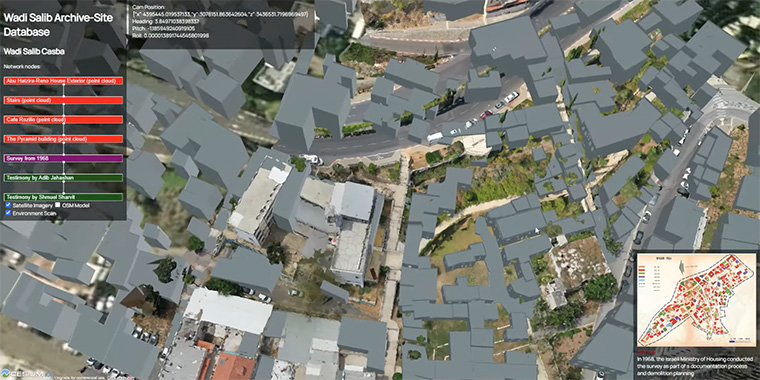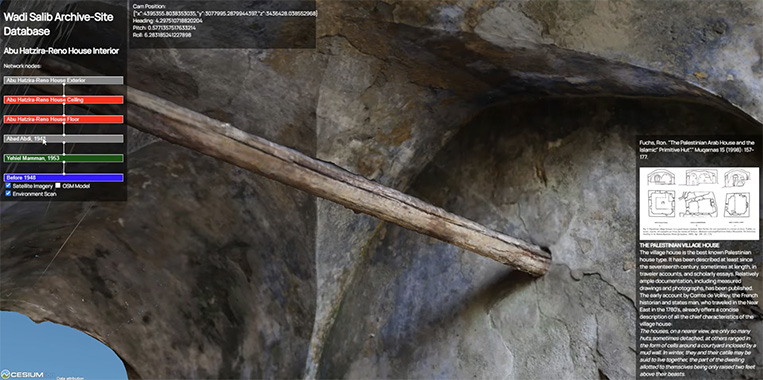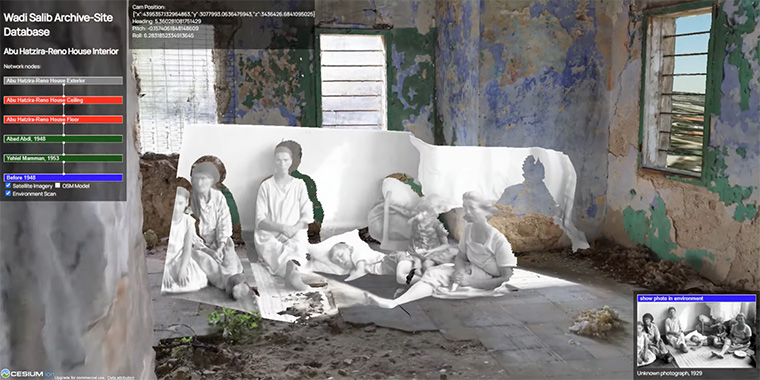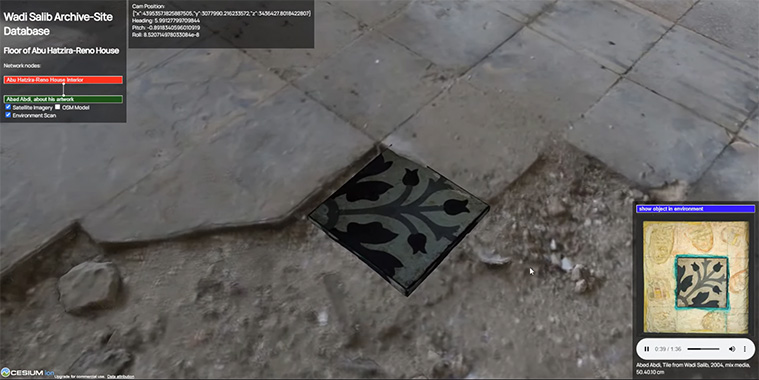



Architecture and stories are continuous material expressions that can be transformed, structured, and curated. While architectural remains of the past are often imbued with stories, stories always possess an inherent architecture. Together, stories and architecture are entangled through dialectical representations of the past, which, as Walter Benjamin noted, include a complex and multifaceted network of images and experiences that are in constant interaction. The experience of places of heritage is about the interconnectedness of objects and events, ruined architecture, and living archives. It is this experience that only design experimentation allows unraveling.
In this proposed chapter we will present an experimental design project that employs immersive technologies to amplify the multiple associations between architectural remains and archives about them as a means to extract experience(s). The method outlined aims at leveraging immersive technologies toward an experiential preservation of architecture and archives in conjunction, reminding us that places of heritage are living organisms of memory and utterances.
Specifically, the chapter will discuss the case of Wadi Salib, a downtown Haifa, Israel neighborhood, which was destroyed in the second half of the 20th century. The residents of Wadi Salib have been displaced multiple times. The stories coexist embedded within the stones, but the site stands in ruins as an open wound in the midst of Haifa.
Through the digitation of its architectural remains and the structuring and interfacing of data, an experiential interface of Wadi Salib’s past is curated, exposing emotional resonance within the landscape. Various data are integrated using computation. Machine-learning models were deployed to spatialize stories and narrate point cloud data reciprocally. This offered a stepping-stone toward a virtual reality environment that fuses archives and sites, past and present, towards a multifaceted experience of the past. Following this method, deployed in Wadi Salib, the chapter will discuss the notion of curation as the mediating process between architectural remains, archival materials, and the body. Curation, in light of immersive representation, entails producing affective sequencing of materials towards allowing both empathy and criticality, seemingly contradictory modes of representation.
The chapter will contribute a theoretical discussion on the experience of heritage places in the age of immersive representation and computational transformations, as well as a working method to capture, organize, and generate heritage experience. Such a sensation is not necessarily loyal to objective truth but offers a mode of generative authenticity.